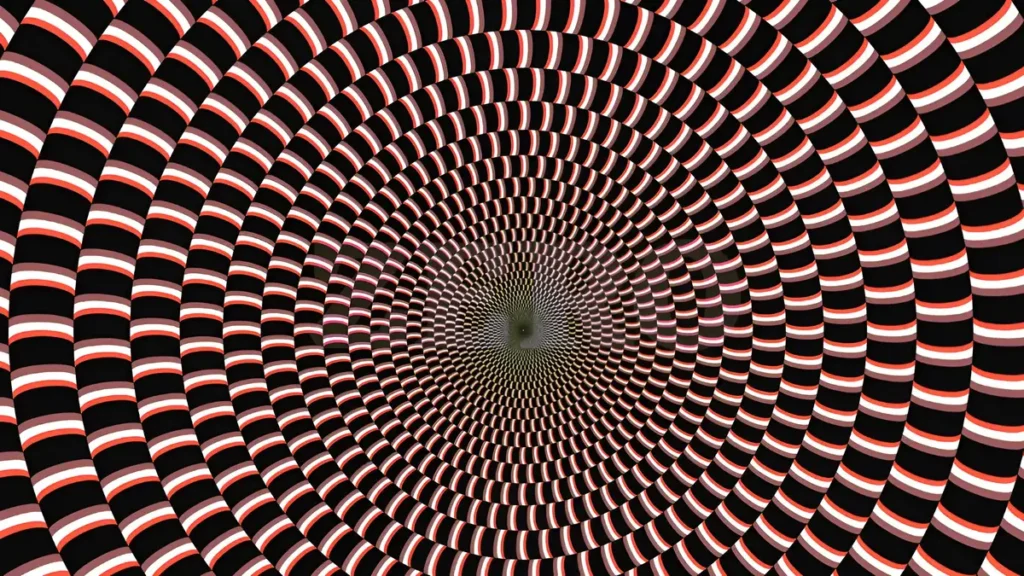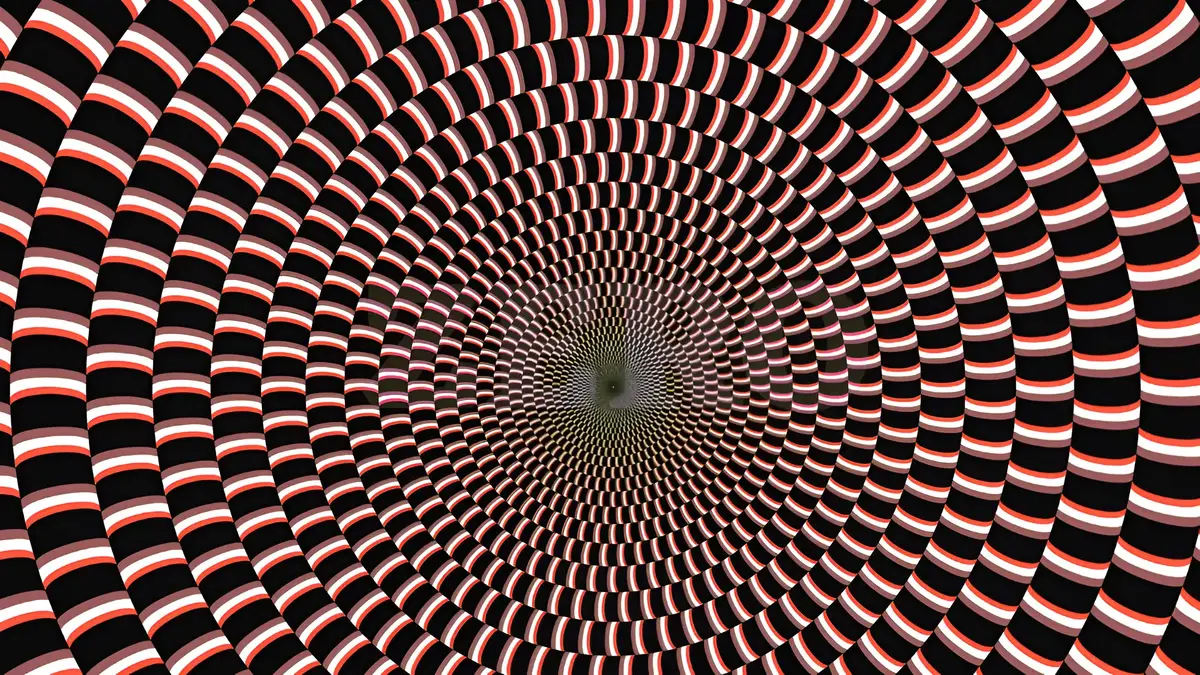Can You Outsmart This 3D Illusion – Our brains are powerful yet sometimes easily tricked. One of the most fascinating ways to experience this is through visual illusions. These images play with our perception, causing us to see things that aren’t really there or miss things that are.
The 3D illusion we’re discussing today challenges even the sharpest observers. At first glance, it might look like a pattern or a chaotic image, but hidden within it lies a word, carefully embedded to test the limits of your mind.

What Makes 3D Illusions So Tricky?
3D illusions often exploit depth perception and contrast sensitivity. Our eyes naturally seek patterns, and our brains try to interpret flat images as real-world objects. In the case of this particular illusion, the trick is in the layering of colors and shadows that create a false sense of depth. It’s like your eyes and brain are having a quiet argument about what’s real. That’s what makes spotting the hidden word so challenging it’s hidden in plain sight.
Why Only a Few Can Spot the Word
Most people glance at the illusion and either see nothing or give up quickly. That’s because your mind is conditioned to skip over what it can’t immediately process. The hidden word doesn’t jump out unless you’re fully focused and patient. Those who do find it tend to have strong visual pattern recognition skills, good attention to detail, and a curious mind that refuses to give up easily. It’s not just a matter of eyesight it’s a test of mental agility.
Training Your Brain to See the Hidden Word
Believe it or not, you can train your brain to spot illusions like this more effectively. It starts with slowing down and taking your time. Stare at the image without expectation. Let your eyes relax, almost like you’re trying to look “through” the image rather than at it. This trick, often used in stereograms, allows your brain to process the image differently. Over time, your brain learns to ignore the visual noise and focus on the details that matter.
What This Illusion Reveals About You
How you respond to this illusion says more about you than you might think. Are you quick to give up, or do you stay persistent? Do you approach problems from different angles, or do you stick to one way of thinking? The illusion becomes a mirror of your mindset. Those who crack it tend to be analytical, observant, and open-minded traits that benefit not just in puzzles, but in real-life decision-making as well.
The Psychology Behind Hidden Images
There’s real science behind why these illusions are so effective. Our brains use top-down processing to interpret the world, meaning we rely on experience and expectations to understand what we see. This works most of the time but becomes a weakness when confronted with unfamiliar or deceptive visuals. The hidden word is camouflaged in such a way that it escapes our usual filters. That’s why it’s so rewarding when you finally spot it it feels like unlocking a secret.
How Your Eyesight Plays a Role
While brainpower is crucial, your eyesight also affects how quickly you solve the illusion. People with sharper contrast sensitivity or better peripheral vision often find the word faster. However, it’s not a matter of having 20/20 vision. Sometimes, even people with glasses or minor visual impairments outperform those with perfect eyesight, simply because they take a different approach. It’s more about how you use your eyes, not just how well they work.
The Art of Hidden Word Design
Creating illusions like these is no accident. Designers and visual artists spend hours crafting images that straddle the line between visibility and invisibility. They use specific fonts, blend colors strategically, and manipulate spacing to make the hidden word almost dissolve into the background. The illusion becomes a kind of visual riddle, one that rewards the patient and punishes the rushed. It’s both a science and an art form.
Popularity of Optical Illusions Online
You’ve probably seen similar illusions go viral on social media. That’s because they tap into a universal curiosity everyone wants to test their perception and prove they’re part of the few who “get it.” These posts generate thousands of comments, likes, and shares, with users bragging about how fast they spotted the word or arguing whether a word exists at all. It creates instant engagement and sparks healthy competition among viewers.
Why Your Brain Loves Solving Puzzles
Our brains are wired to solve problems. When faced with a challenge like this illusion, your brain releases dopamine as a reward once you solve it. This chemical not only makes you feel good, but it also reinforces the desire to tackle more puzzles. That’s why so many people become hooked on brain teasers, logic games, and visual illusions. It’s not just fun it’s satisfying on a neurological level.
Tips to Improve Your Perception Skills
If you want to get better at spotting illusions, there are simple habits you can adopt. Practice mindfulness to improve focus. Engage in puzzles regularly to sharpen your attention to detail. Expose yourself to different kinds of art and patterns to expand your visual vocabulary. The more you train your mind to be observant and flexible, the better you’ll perform when facing visual challenges like this.
When You Finally See It
There’s a moment of surprise and satisfaction when the hidden word finally becomes visible. It’s almost as if it magically appears out of nowhere, even though it’s been there the whole time. That moment is a small but powerful reminder that our perspective can limit us or reveal new truths. What was once a confusing blur suddenly becomes crystal clear. It’s a rewarding experience that sticks with you long after you’ve solved it.
What to Do If You Still Can’t Find It
If you’re staring at the illusion and still can’t see the word, don’t be discouraged. Take a break and return later with fresh eyes. Sometimes stepping away is exactly what your brain needs to process things differently. You can also try squinting, tilting your head, or changing the lighting on your screen. These subtle shifts can sometimes make all the difference. Remember, it’s not a race it’s a challenge designed to stretch your perception.
Final Thoughts on Outsmarting the Illusion
In a world full of distractions and surface-level information, a 3D illusion like this forces us to pause, focus, and think deeper. Whether you spotted the hidden word in seconds or are still searching, the journey itself sharpens your mind. These illusions remind us that what we see isn’t always what’s really there and sometimes, the truth is just a different perspective away.
Disclaimer: This illusion is for entertainment purposes only and does not assess intelligence, vision, or cognitive ability in any scientific manner.
